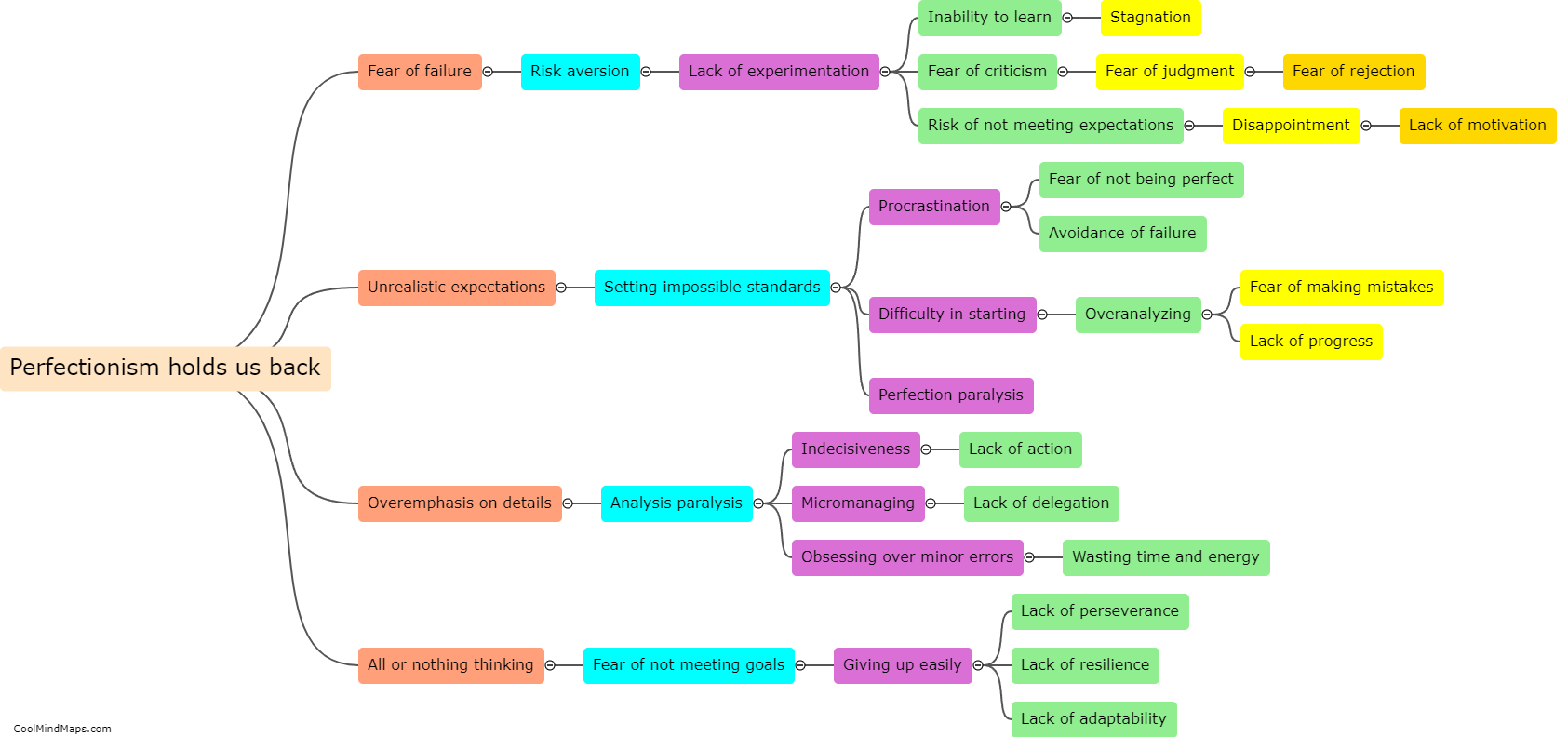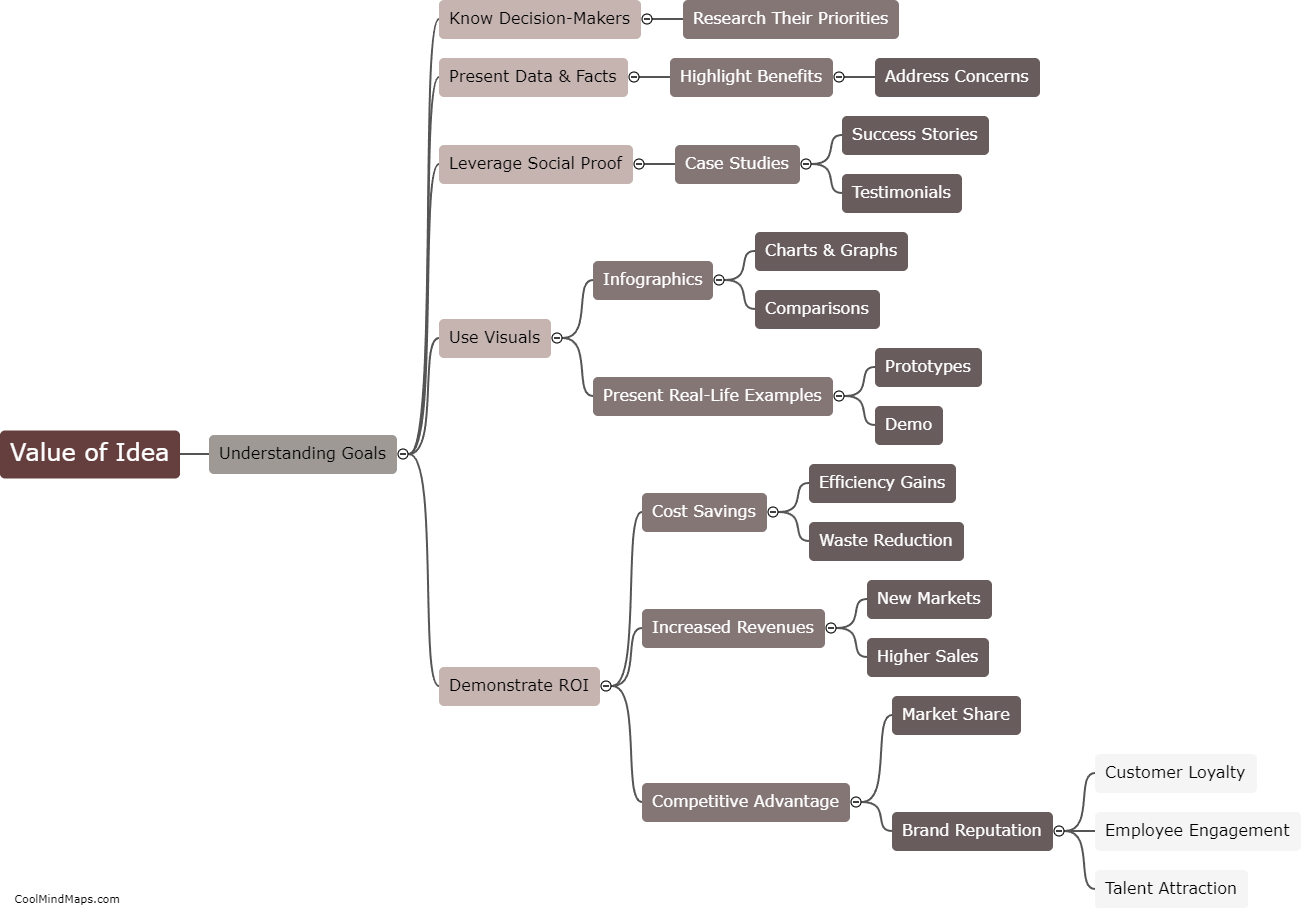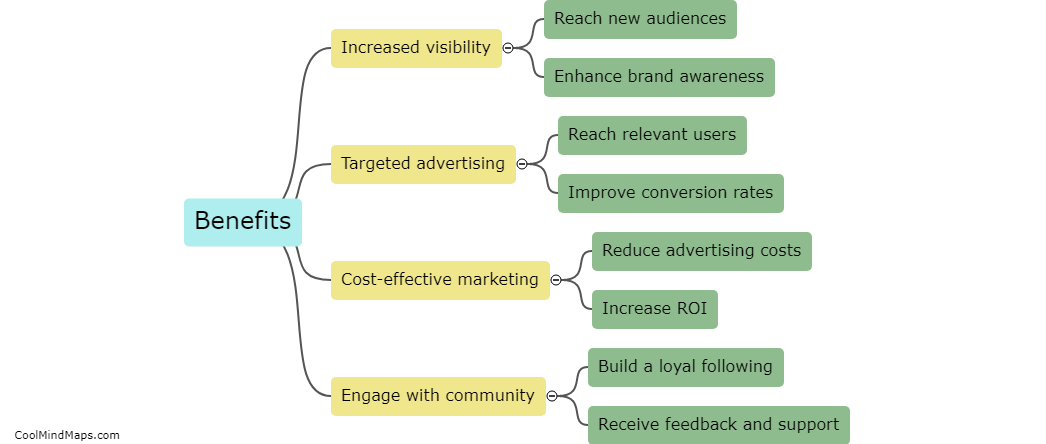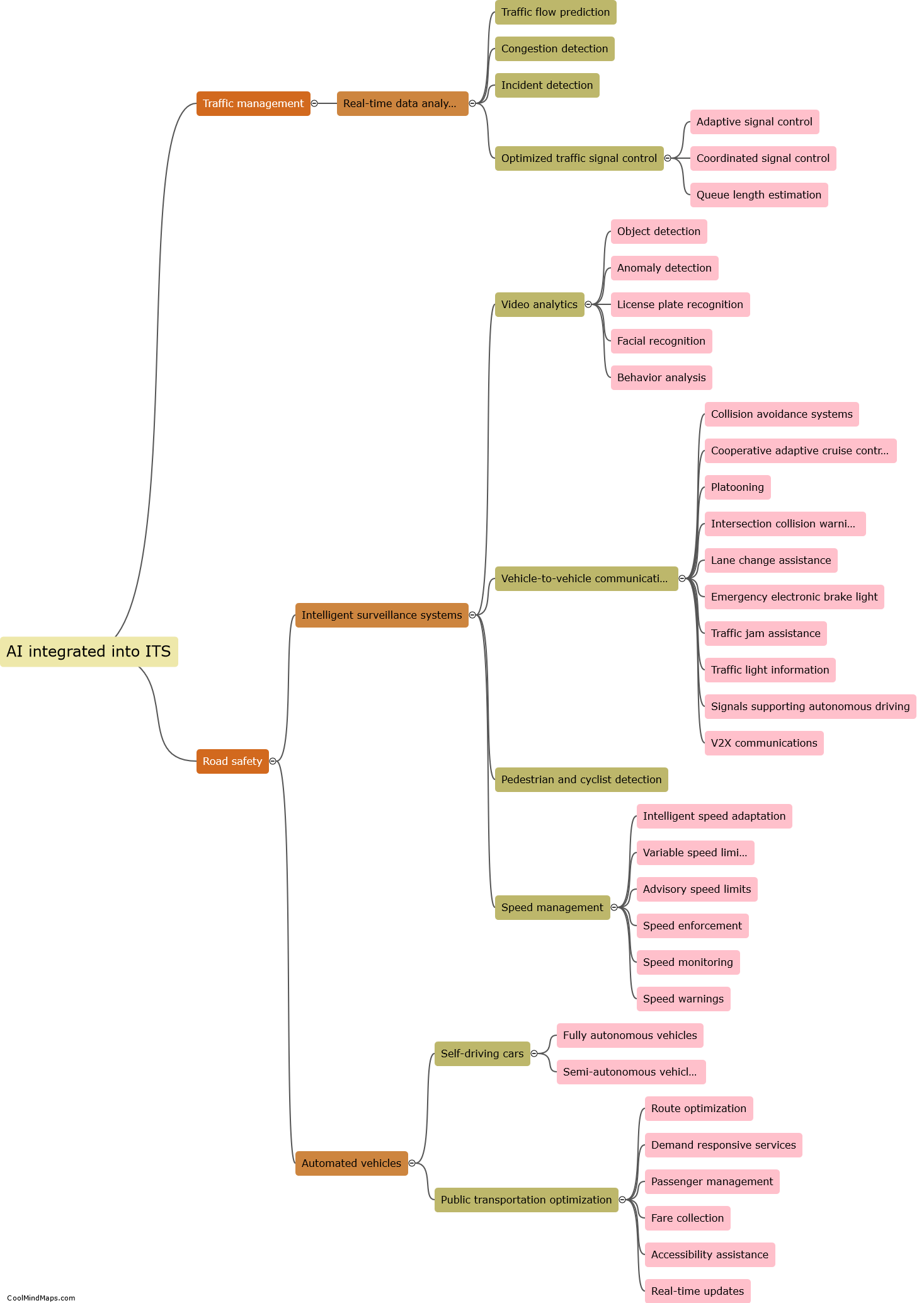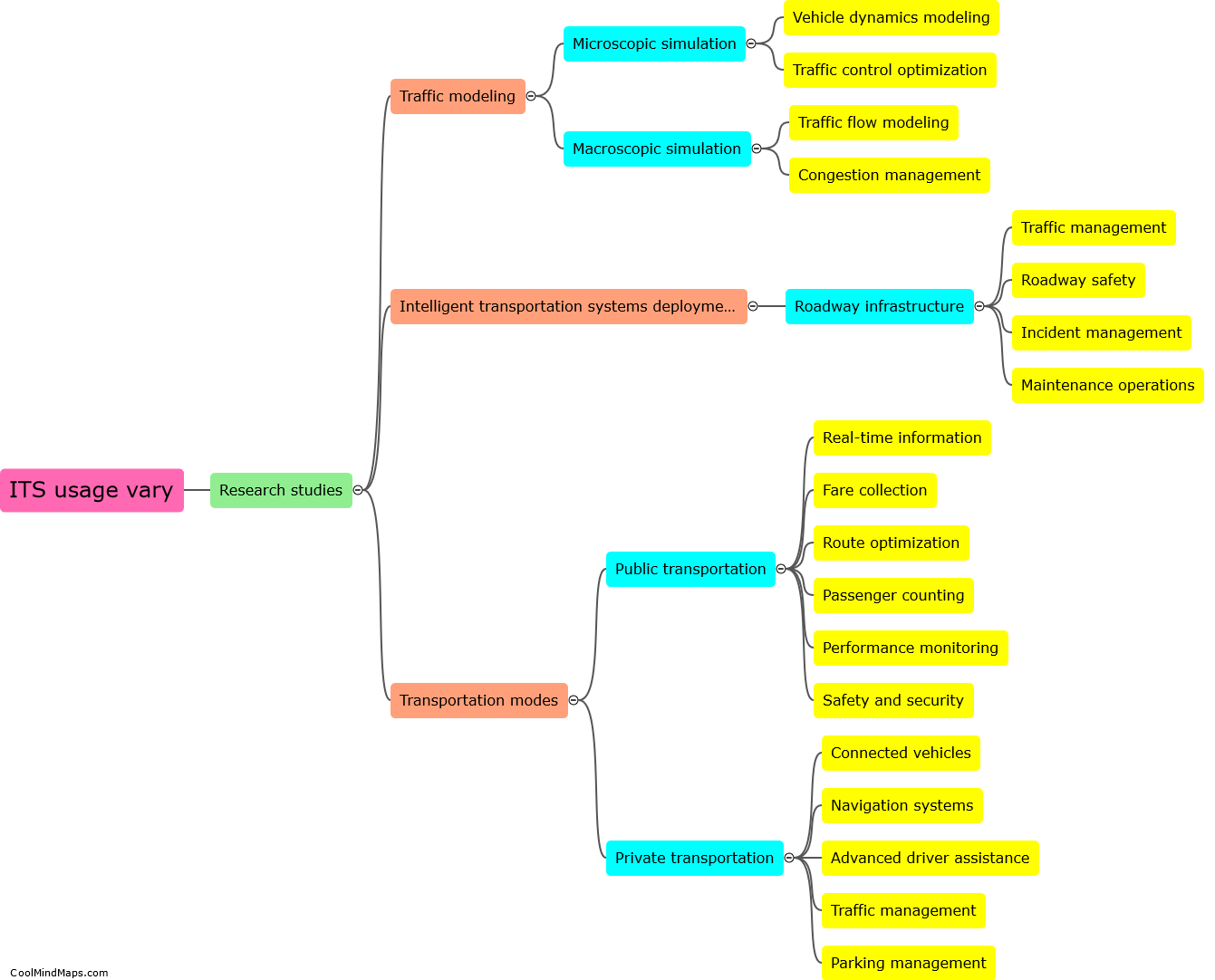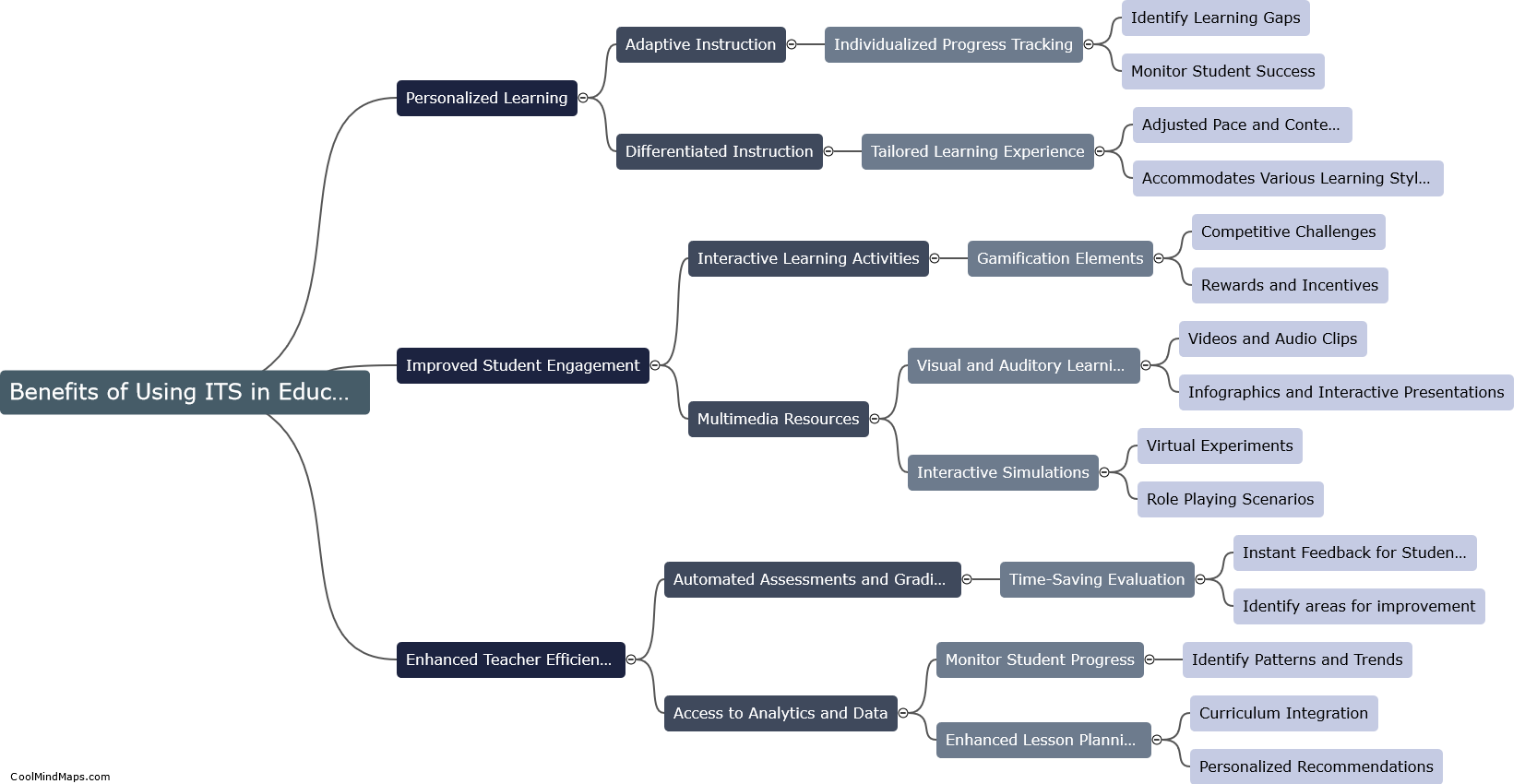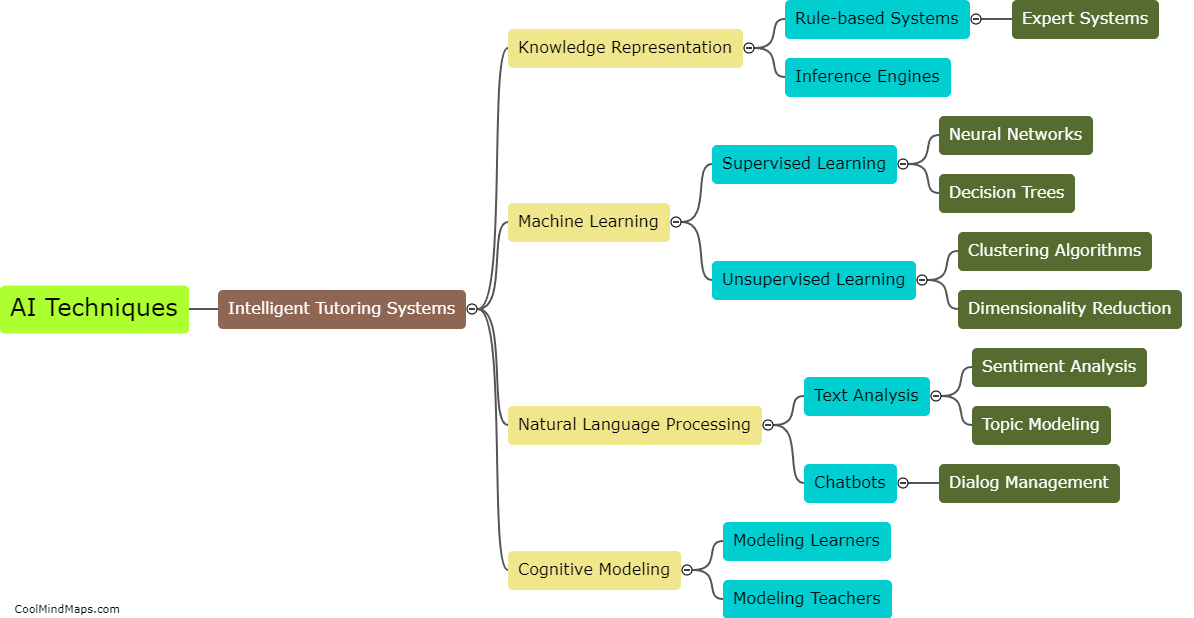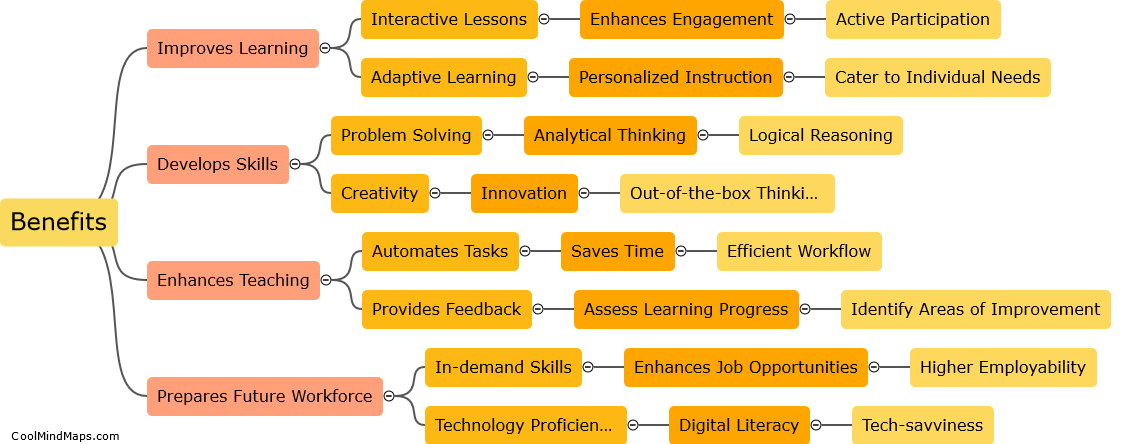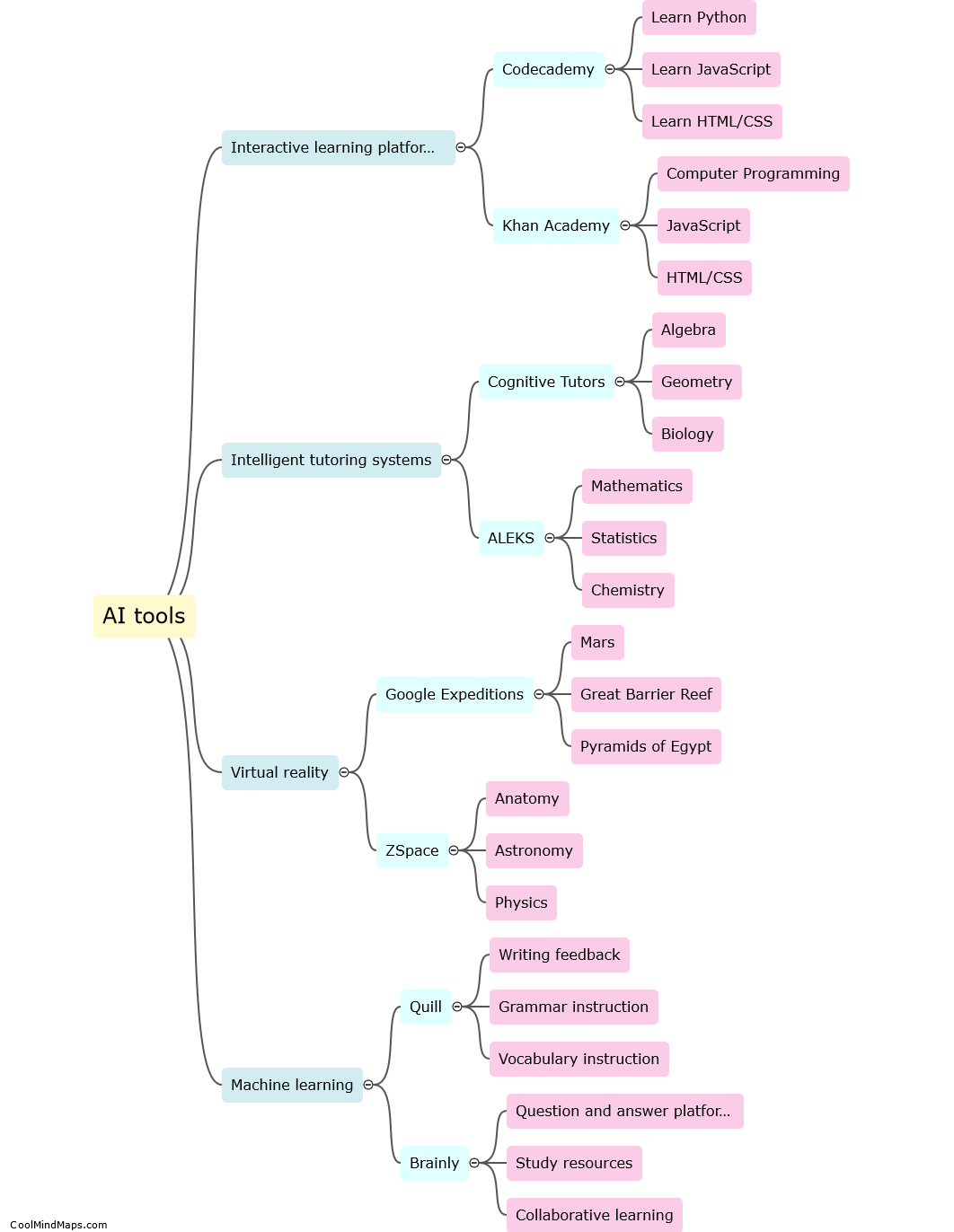What are the different contexts in which intelligent tutoring systems are used?
Intelligent tutoring systems (ITS) are versatile educational tools that can be employed in various contexts. Firstly, they are commonly used in formal educational settings, such as schools and universities, to supplement traditional classroom teaching. In this context, ITS can provide personalized and adaptive instruction to individual students, helping them learn at their own pace and addressing their specific needs. Additionally, ITS can be utilized in professional training and development programs, allowing workers to enhance their skills in areas like healthcare, military, or technical fields. Another important context is distance education, where ITS play a crucial role in providing remote learners with high-quality instruction and interactive learning experiences. Finally, intelligent tutoring systems can also be used in informal settings, such as self-directed learning or as educational aids in museums and libraries, offering learners guidance and feedback in their exploration of various subjects. Overall, the adaptive and personalized nature of ITS makes them flexible tools that can be integrated into diverse educational environments.
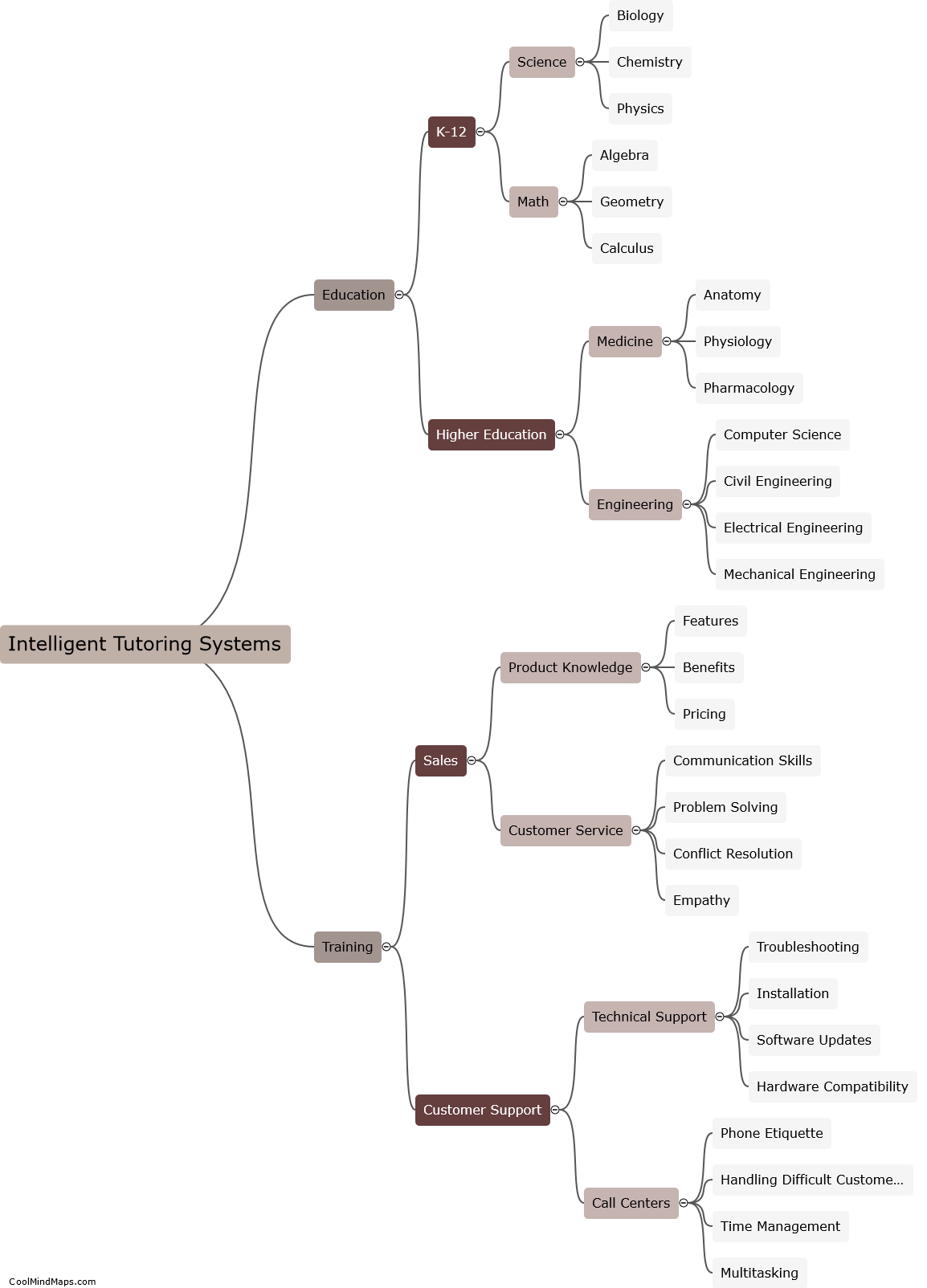
This mind map was published on 29 November 2023 and has been viewed 100 times.

